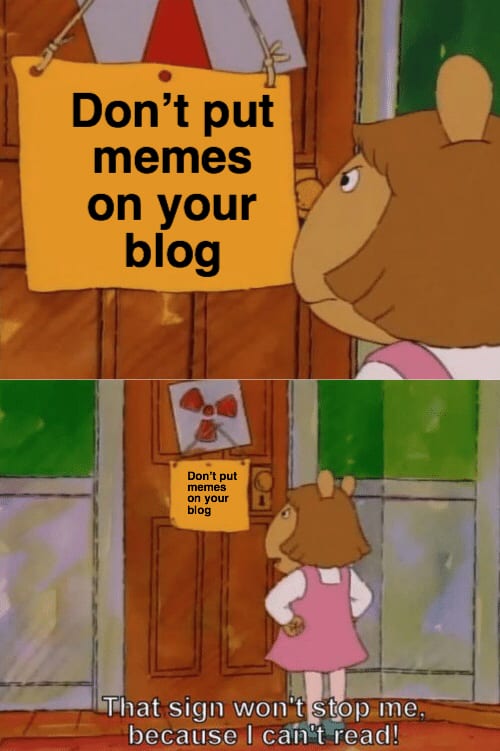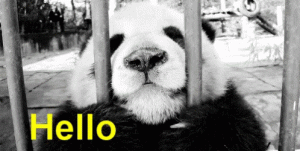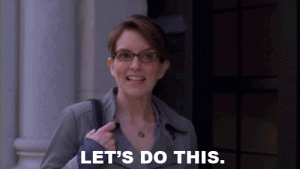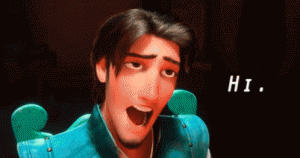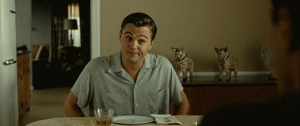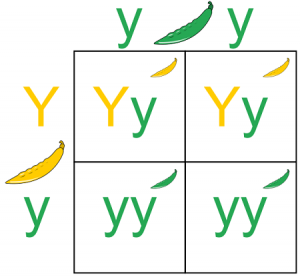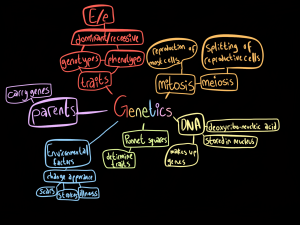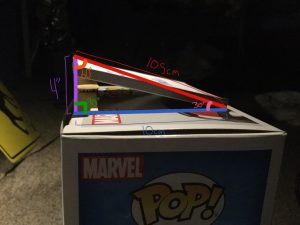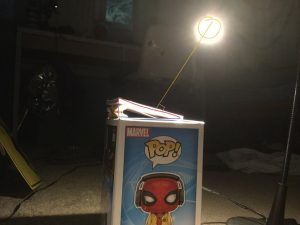For The Name’s Sake
Another history post, wow! So, let’s get you up to date. When we last left off, we had finished studying WWI. Now we’re studying a period called ‘the Interwar Years’. This is the period between World War One and World War Two, which would be 1919-1939.
We’re doing a large project on that, but today I’m writing about a smaller project we did, it only took a few days, called ‘The Namesake Assignment’. In groups of two or three, we had to pick a place in Vancouver. Then, we had to make a short 2-3 minute video about the history of it. This video had to include:
– The Location
– Images of said location
– Description of the location
– History of the namesake
– A few stories about the location (real or myth)
So my group, which included Hannah and Isobel, chose Stanley Park. For those of you who don’t know, Stanley Park is a large park in Vancouver, which is home to things such as The Vancouver Aquarium, Second Beach, and of course the wonderful view.
I didn’t realize how much history Stanley Park has. We had quite a lot of information, too much to fit into a two minute video. So, here are a few highlights that didn’t make it into the video:
– In 1888, an small island called Deadman’s Island off the shore of Stanley Park was chosen to be a quarantine spot for the small pox virus. They built a hospital and called it the ‘Pest House’. People to this day still think Deadman’s Island is haunted. I found some interesting stories, if you’d like to read them.
– Skipping to a few decades later, the Vancouver Gun Club gets permission to shoot crows in the park. The bounty was 5 cents per crow, and up to 5000 crows. For reference, that’s 250 dollars if you caught the maximum amount of crows.
– In 1905 they had to limit the traffic in the park from 2 pm to 5 pm, because the cars frightened the horses who ran the carriages.
There are other things, but those are all in our video.
We got a reference video, to see a style that we could use for our video. This video was about Granville Street, and you can watch it here. I really enjoyed the video, as it’s entertaining and informative. It helped get the ideas flowing for what our video should look like.
Then it came to making our video. We split up the tasks easily: Hannah was doing Audio, Isobel was making part of the visuals and music, and I made the other part of the visuals.
Our first draft had a few mistakes, such as “the late 18, 000’s”, but they were quickly fixed and we uploaded the final video again:
Personally, I really like projects like this. It’s really interesting to learn about the history of this place, and then make it an entertaining video for other people to watch. I’d really like to do more projects like this in the future. I guess that’s just me being a history nerd.
Anyways, I hope you learned something! I certainly did. Until next time
Read you later
Sincerely, Me
Workplace Safety
Another post! Wow! This one isn’t about science or math this time. This one is about… safety. Workplace safety, to be more specific. It’s something everyone needs, and should have.
I, as of writing this, do not have a job. But that doesn’t mean this doesn’t apply to me! When I do get a job, it’s good to know my rights, and how to be safe at whatever job I’m going to do.
We started this out by doing a quiz. The issue with this quiz is that the first question was “have you ever been in a job before?”
So I had to skip down to question nine, which left only two questions left to do
I feel like working at a theatre s a good first job because it involves a lot of customer service. Also, free movies.
Anyways, then we watched a movie called ‘Lost Youth’, which spoke about teens getting hurt in the workplace.
Next Up was this playlist on YouTube, where he watched one video on how different places make sure their workers are safe.
Then onto Part Two. We did a small quiz on our rights as a worked and workplace safety:
And read articles on refusing unsafe work.
Then we had to create a visual about the whole unit:
I hope you all stay safe at work!
Read Ya Later
Sincerely, Me
Genes, Not Jeans
Science! It makes the world go around. Quite literally, if you look at physics and space science. Unfortunately, this isn’t about space today, otherwise there would be a lot more Star Trek jokes.
Today we’re talking about genes. Genetics, DNA, call it what you will. It’s what makes someone who they are. It’s why I have curly hair but Willa doesn’t, or why my dad’s eyes are brown but Tom Hiddleston’s aren’t.
Since this is PLP, we had to do a project on it. And, judging by all of Grade 10’s projects so far, I’ll give you a hint as to what it was. A podcast. Okay, that was a bad hint.
We had to make a podcast on genetics. But it’s such a broad topic, we needed a driving question. I teamed up with Willa to answer the question: if two sets of identical twins get married, and each couple has a kid, would the two cousins be identical?
First, we started off with reasearch. We used this website to help us with worksheets, and activities to help us figure out DNA, genetics, mitosis, meiosis, and so on.
What did one cell say to it’s sister cell when she stepped on his foot? Mitosis
One of the things used to determine the likelyhold of a child getting a certain trait is called a Punnet Square.
As you can see, this shows the likelyhold of a bean being green or yellow, based off of traits from its plant-parents. The plant-father has two small green y’s, which would mean a green colouring is recessive, and the father-plant is homozygous when it comes to its genotype. The mother-plant has one large yellow Y and one small green Y, making her heterozygous. The large Y is going to be dominant, and show up more often. The child-plant has a 50% chance of being heterozygous and a 50% chance of being homozygous with a recessive trait. If someone has a heterozygous genotype, the dominant trait will win. In this case, the mother-plant is yellow because she has a dominant trait, and the father is green, as it has no dominant traits.
Back to the project:
We did the research, and wound up writing a solid script. The podcast had to explain genetics like the listener knew nothing about it, and that was even harder with no visuals involved. But we did it. The final draft wound up being this:
I hope you learned more about genetics today! I had a lot of fun doing this project, as the driving question was really interesting to research.
And, to summarize, here’s a mind map of everything I learned:
Read Ya Later
Sincerely, Me
An Angle From Above
Math isn’t a subject I do posts about very often, mainly because in the past years we’ve done it, we haven’t done anything that we need to post about in Math. I think the last time I did a post in math was this. This year is different, as we’re doing math projects! I mean, what did you expect out of project based learning? So, for grade ten, the first thing we’re studying is trigonometry.
Mainly, how to find the angles of right angle triangles. This involves using a trick called SOH CAH TOA. Each three letters stands for how you find the angle. For instance, SOH would be: sin (the angle) =opposite/adjacent (the opposite and adjacent sides of the triangle). It’s a way to find an angle if you want to be more precise than a protractor.
Our project to do with SOH CAH TOA, as we had to do a project on solar panels, and the angles that they’re at to get the most amount of sunlight. This means researching stuff such as time of day, where your solar panel is, the angles that the sun is hitting it at, and the angles of your supports for your solar panel. It also had to include a bit of personalization, and a write up to explain your project a bit better.
Along the way, to help clarify, we did a lab based off of the project. We got one sheet of wood and put a solar panel on it, facing the nearest light source. Then, we added supports underneath, to see what the best angle for getting light was. It depended on where you were in the classroom, as everywhere was in different proximity to the lights. I did this lab with the wonderful Willa, because who else do I ever do anything with?
Then it was on to creating the project, and bringing it to life. Cue Frankenstein reference.
I chose to base mine in North Vancouver, in around October. (totally not because it’s october and I live in Vancouver what. Also, if you’re still reading, happy Halloween! If it’s not Halloween for you, happy whatever-day-it-is). Because in October, at the solar noon, it’s not directly above the solar panel, but it’s just off, so if you put the panel at the right angle on a flat roof, than it should absorb the most amount of sunlight.
Then it was on to making the model. My first draft was a picture of a 3D model I had made at home, with all of the measurements and calculations on it. Though, it just wasn’t enough.
I went onto the revision and the second draft, which I think went a lot better, as I put more effort into it and planned my time out so I could get it done on time. I have a bad habit with procrastination. This second draft included the proper calculations, and my write up was more detailed.
I guess you could say this project made me pretty… bright. Get it? Because the sun is bright? And solar panels? I’ll go home.
Onto the next project, I guess!
Read you later!
Sincerely, Me
